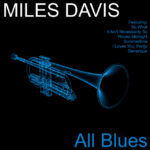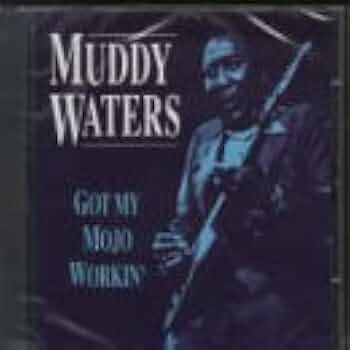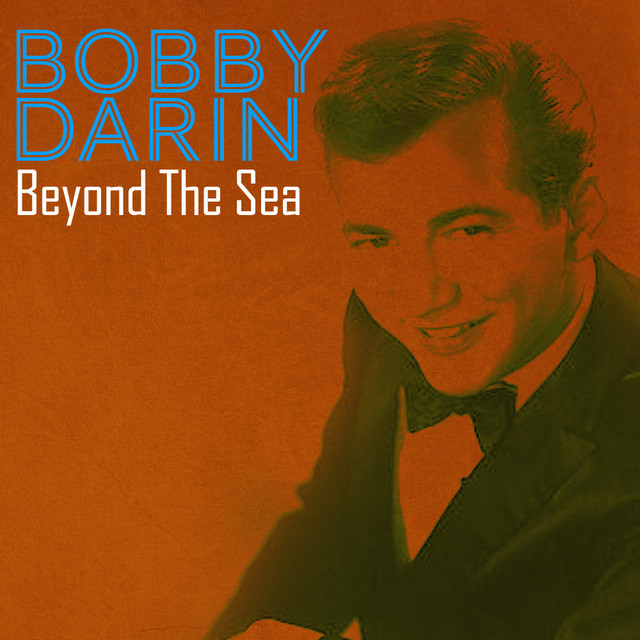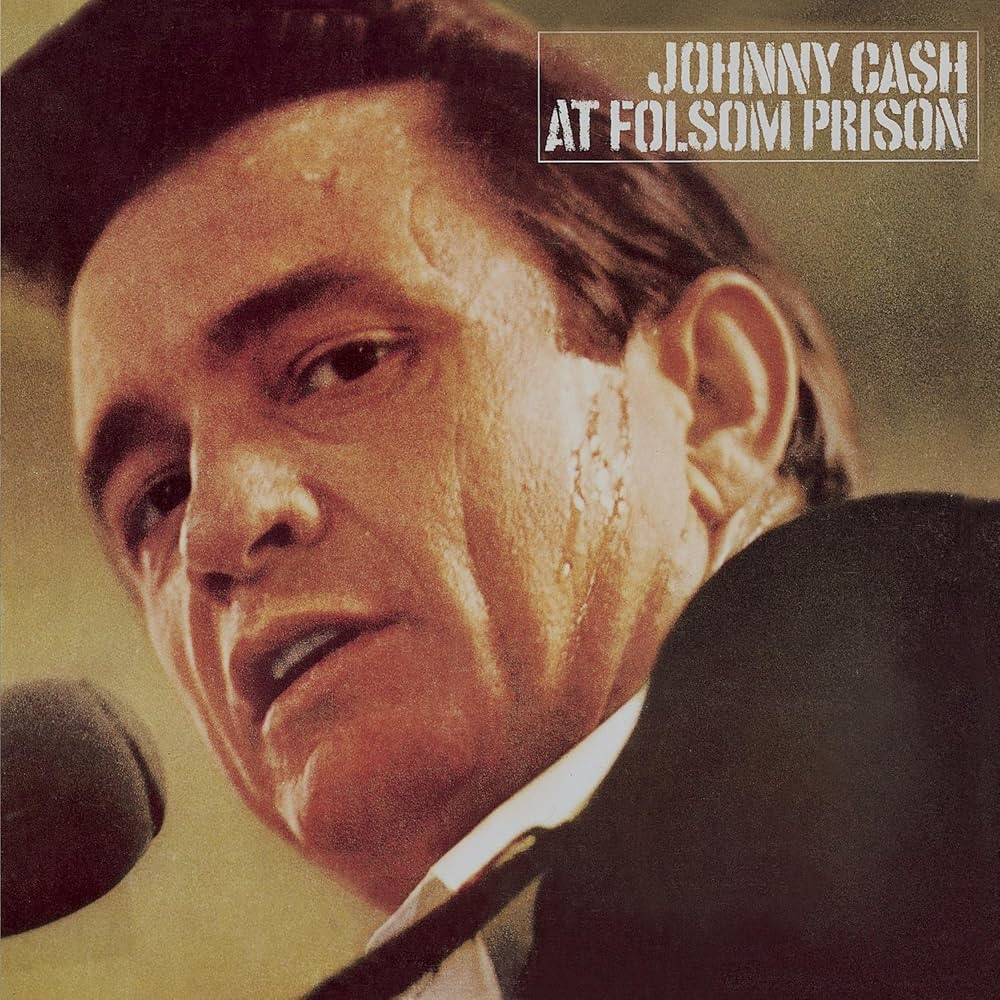 Miles Davis’ “All Blues” stands as one of the most iconic compositions in the jazz canon, a track that epitomizes the elegance, innovation, and emotional depth of Davis’ modal period. Featured on his seminal 1959 album Kind of Blue, “All Blues” showcases Davis’ unparalleled ability to blend simplicity with sophistication, creating music that is both intellectually profound and emotionally resonant. Nearly six decades after its release, the song continues to captivate listeners, offering a masterclass in improvisation, modal harmony, and the art of musical storytelling.
Miles Davis’ “All Blues” stands as one of the most iconic compositions in the jazz canon, a track that epitomizes the elegance, innovation, and emotional depth of Davis’ modal period. Featured on his seminal 1959 album Kind of Blue, “All Blues” showcases Davis’ unparalleled ability to blend simplicity with sophistication, creating music that is both intellectually profound and emotionally resonant. Nearly six decades after its release, the song continues to captivate listeners, offering a masterclass in improvisation, modal harmony, and the art of musical storytelling.
All Blues is more than just a composition; it is a moment in jazz history that marked a turning point in the genre. By embracing modal structures rather than traditional chord progressions, Davis and his sextet—including John Coltrane, Cannonball Adderley, Bill Evans, Paul Chambers, and Jimmy Cobb—opened the door to new forms of expression, influencing countless musicians and redefining the possibilities of jazz improvisation. The track is a shimmering example of how restraint, space, and melodic focus can create a soundscape both rich and enduring.
Historical Context and Creation
The late 1950s were a period of innovation and exploration for jazz. Bebop and hard bop had established complex harmonic frameworks, but Miles Davis sought new directions, emphasizing mood, texture, and melodic freedom over intricate chord changes. Kind of Blue was the culmination of this vision, a landmark album that would forever change the trajectory of jazz.
“All Blues” was conceived during this period as part of Davis’ exploration of modal jazz—a style that uses scales (modes) rather than chord progressions as the basis for improvisation. This approach allowed soloists to explore melodic ideas with unprecedented freedom, giving the music a sense of openness and fluidity that distinguished it from the more harmonically dense bebop tradition. The piece’s 6/8 time signature and blues-infused phrasing combined with modal flexibility to create a unique musical texture: simultaneously meditative, swinging, and deeply expressive.
The recording sessions for Kind of Blue were famously relaxed, emphasizing spontaneity over meticulous rehearsal. Davis provided his musicians with sketches and scale suggestions rather than fully written arrangements, trusting their musical intuition to guide the improvisation. This methodology resulted in performances that felt organic, alive, and emotionally immediate—a hallmark of All Blues.
Musical Structure and Modal Innovation
At its core, “All Blues” is built on a simple twelve-bar blues structure, but its modal approach sets it apart. The piece is primarily in G mixolydian mode, which gives it a distinctive tonality—bluesy and familiar yet subtly ambiguous. By relying on the mode rather than complex chord changes, Davis allowed the soloists to explore extended melodic lines, nuanced phrasing, and emotional inflections that might have been restricted in traditional blues or bebop contexts.
The composition is written in 6/8 time, which provides a lilting, almost waltz-like feel. This rhythmic structure enhances the piece’s flowing, hypnotic quality, giving it a sense of forward motion without urgency. The bass and drums establish a steady, understated groove, anchoring the harmonic and melodic improvisations while allowing the music to breathe.
The structure of the piece is deceptively simple: a head, or main theme, played by the horns, followed by a series of solos over the modal framework, and concluding with a return to the head. This clarity of form allows the musicians to focus on expression, interplay, and dynamic variation, highlighting their individual voices while maintaining cohesion within the ensemble.
Instrumentation and Interplay
All Blues features Davis on trumpet, John Coltrane on tenor saxophone, Cannonball Adderley on alto saxophone, Bill Evans on piano, Paul Chambers on bass, and Jimmy Cobb on drums. Each musician contributes to the piece’s distinctive sound through both technical mastery and emotional depth.
Davis’ trumpet serves as both anchor and storyteller. His muted, lyrical tone conveys introspection, melancholy, and elegance simultaneously. His phrasing is deliberate and measured, emphasizing space, tension, and release. By leaving room between phrases, Davis creates a conversational dynamic with his bandmates, inviting them to respond and interact within the musical narrative.
Coltrane’s tenor saxophone adds intensity and exploration, contrasting Davis’ lyricism with fluid, searching lines that push harmonic boundaries while remaining anchored in the modal framework. Cannonball Adderley’s alto saxophone brings warmth, swing, and blues-inflected articulation, providing a textural counterpoint that balances the ensemble.
Bill Evans’ piano work is subtle yet transformative. His chord voicings, delicate touch, and harmonic sophistication provide a lush backdrop, guiding the improvisers while contributing countermelodies that enrich the harmonic landscape. Paul Chambers’ bass underpins the piece with steady, melodic support, while Jimmy Cobb’s drumming emphasizes texture, accentuation, and swing rather than bombast.
The interplay among these musicians exemplifies the collaborative essence of jazz. All Blues demonstrates how modal jazz emphasizes listening, response, and dialogue within the ensemble, allowing each musician to shape the emotional arc of the performance while maintaining coherence and balance.
Lyricality and Emotional Expression
Though “All Blues” is an instrumental composition, its melodic phrasing and harmonic nuances convey a narrative quality akin to a vocal performance. Davis’ trumpet lines, in particular, exhibit a vocal-like expressiveness, with subtle bends, phrasing inflections, and dynamic shifts that communicate emotion with remarkable clarity. The music evokes feelings of melancholy, contemplation, and joy, inviting the listener to experience a wide spectrum of emotions without the need for words.
The piece’s blues foundation further enhances its emotional resonance. By grounding the composition in the familiar language of the blues, Davis and his collaborators create an immediate emotional connection while expanding the harmonic possibilities through modal improvisation. This synthesis of tradition and innovation is central to the enduring power of All Blues.
Recording and Production
The recording of All Blues at Columbia’s 30th Street Studio captures the warmth, intimacy, and immediacy of the performance. Producer Teo Macero employed minimal overdubbing, preserving the live interaction among the musicians and maintaining the authenticity of the session. The clarity of the recording allows listeners to hear subtle interplay, from the nuanced dynamics of the trumpet to the textural shading of Evans’ piano, creating an immersive listening experience.
The production’s emphasis on space and balance ensures that every instrument is audible and impactful. Microphone placement, room acoustics, and careful mixing contribute to the sense of presence, allowing the listener to feel as though they are in the room with the musicians. This approach aligns with the ethos of Kind of Blue: prioritizing emotional resonance, spontaneity, and collaborative expression over technical perfection.
Cultural Impact and Reception
All Blues and the Kind of Blue album had a profound impact on jazz, influencing generations of musicians and listeners. The modal approach pioneered on this album shifted the trajectory of jazz, inspiring artists to explore improvisation, melody, and emotional expression in new ways. Musicians across genres—from jazz to rock to electronic music—have cited All Blues as a touchstone for creativity and musical freedom.
Critics have lauded the track for its elegance, accessibility, and emotional depth. Its combination of simplicity, sophistication, and expressiveness makes it a favorite among both seasoned jazz aficionados and casual listeners, demonstrating the universal appeal of well-executed improvisational music.
The song has also appeared in numerous films, documentaries, and educational contexts, further solidifying its place in popular culture and the collective imagination of music lovers worldwide.
Musical Analysis
Technically, All Blues is notable for its modal structure, rhythmic subtlety, and melodic development. The piece employs the G mixolydian mode, which allows for expressive improvisation while maintaining a cohesive tonal center. The 6/8 time signature provides a gentle swing feel, lending fluidity and elegance to both ensemble playing and solo lines.
The head of the composition features a simple, memorable motif that establishes the modal framework. Soloists expand upon this theme, exploring tension and release through phrasing, dynamics, and harmonic exploration. The emphasis on space—both in terms of rhythm and melodic contour—distinguishes the piece from more densely harmonized bebop compositions, allowing emotional nuance to emerge naturally.
Evans’ piano comping provides harmonic richness without clutter, often anticipating or echoing the soloists’ lines. Chambers’ bass anchors the harmonic progression while offering melodic counterpoint, and Cobb’s drumming enhances the groove through accents, brushes, and subtle rhythmic variation. The ensemble functions as a cohesive organism, with each member contributing to the narrative arc of the performance.
Legacy and Influence
All Blues remains a cornerstone of the jazz repertoire, frequently studied by musicians and performed in both academic and professional contexts. Its modal framework has influenced countless improvisers, providing a model for combining melodic freedom with structural clarity. The piece demonstrates that technical simplicity can coexist with profound emotional complexity, challenging musicians to balance restraint and expressiveness.
The track’s influence extends beyond jazz, impacting rock, fusion, and contemporary instrumental music. Artists such as John McLaughlin, Herbie Hancock, and even modern improvisers cite All Blues as a formative inspiration, demonstrating the song’s enduring relevance across musical genres and generations.
Conclusion: Timeless Elegance
All Blues is more than a jazz composition; it is a masterclass in emotional expression, musical dialogue, and the art of improvisation. Through its modal structure, lyrical phrasing, and collaborative interplay, the track exemplifies Miles Davis’ vision of music as both intellectually rigorous and emotionally resonant.
Decades after its recording, All Blues continues to captivate listeners with its elegance, sophistication, and timeless beauty. The piece demonstrates that jazz, at its core, is about communication, empathy, and the exploration of human emotion through sound. Each note, phrase, and interaction within All Blues contributes to a musical tapestry that is as vivid and compelling today as it was in 1959.
By combining the familiar language of the blues with the freedom of modal improvisation, Davis and his ensemble created a work that transcends time, genre, and technique—a piece that is, in every sense, liquid gold. All Blues is not just a track on an album; it is a living testament to the enduring power of jazz, the artistry of Miles Davis, and the universal language of music itself.


